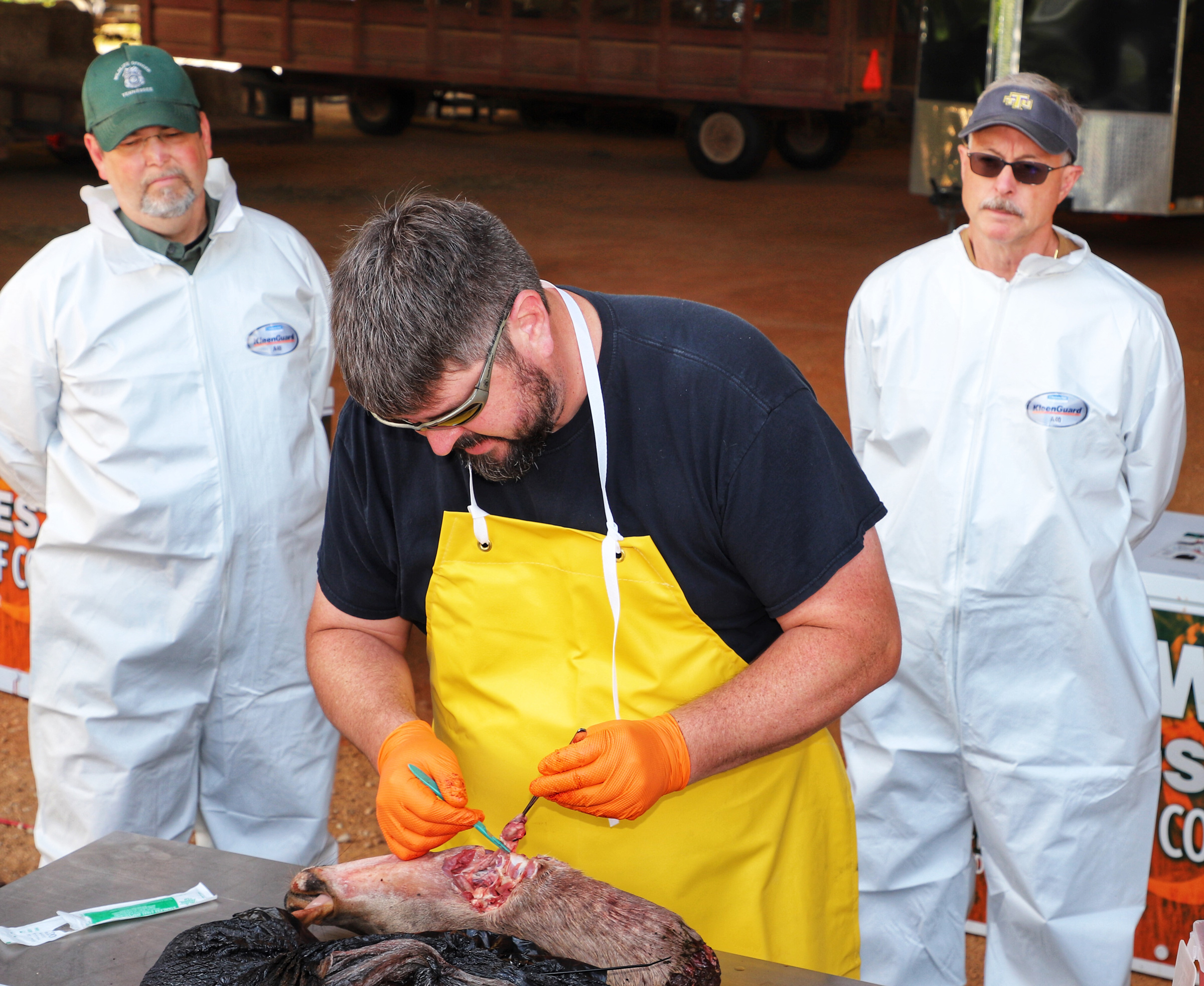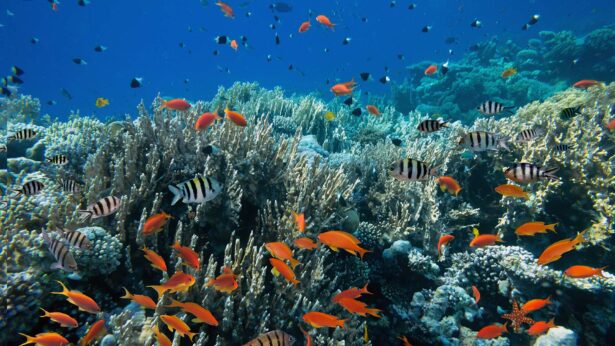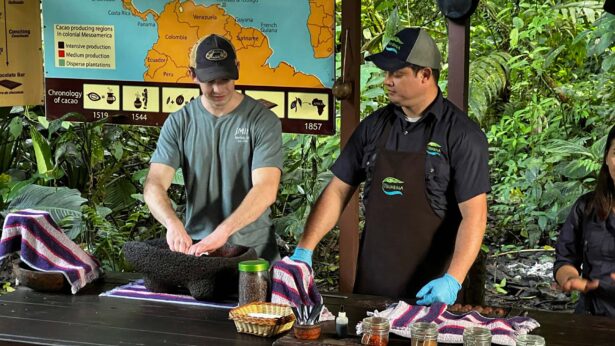By Dan Grove
When I started undergraduate studies at UT Knoxville back in 1994, I did not have a clue as to where I would end up 26 years later. I knew I had an interest in science and wanted to use science to help animals, so my logical choice was to become a veterinarian.
I was fortunate enough to land a scholarship through the UT Institute of Agriculture in the animal science program and entered what was known as the 3+1 program for pre-vet majors. It was one of those it-seemed-like-a-good-idea-at-the-time ideas. Fast forward seven years and two degrees later, and I was kicked out of the academic nest to find my own way.
My experiences in vet school made me realize that I did not want to be a traditional veterinarian. I had to be different. I wanted to work with wildlife, and there is no direct path into wildlife health. In the eight years following vet school, I bounced around the country doing internships, field research, wildlife rehabilitation, small-animal vet relief work and even painted houses for a few summers.
After 11 moves across nine states, I landed in North Dakota with my first big-boy job working as the wildlife veterinarian for the North Dakota Game and Fish Department. At the time, there were fewer than 20 of those positions in the United States. There I learned what minus 45 degrees with a minus 65-degree wind-chill felt like, and yes, it is as brutal as it sounds.

Photo courtesy the Tennessee Wildlife Resources Agency.
I also learned that managing wildlife health and wildlife disease is not just about medicine. Wildlife health also focuses on the impacts that wildlife populations have on domestic animal health, human health and even environmental health.
The field has grown dramatically during the past 20 years. Every time you hear about a “new” zoonotic disease outbreak with a wild animal origin like Ebola, zika or the more recent COVID-19, there was a wildlife health professional involved in the discovery and subsequent management of that outbreak. At the end of the day, there is no shortage of work for wildlife health professionals. There are plenty of known and yet-to-be-discovered issues that impact wildlife looming on the horizon.
Eventually, I made it back down South and a little closer to home. Nowadays, I spend a lot of time working with the Tennessee Wildlife Resources Agency to figure out how to manage chronic wasting disease (CWD) in deer. It is not all field work like one would think. Much of what I do now is deliver extension programs to concerned hunters, landowners and stakeholders to inform them about the issues facing us with CWD. Every time I think how 18-year-old me would have reacted to presenting to a group of 460 concerned stakeholders about a politically charged, highly impactful disease, I chuckle to myself and I realize just how far I have come.
Dan Grove, Knoxville ’98, ’01, is a wildlife veterinarian who specializes in chronic wasting disease and zoonotic disease transmission and prevention. He also is an assistant professor in the department of forestry, wildlife and fisheries.



